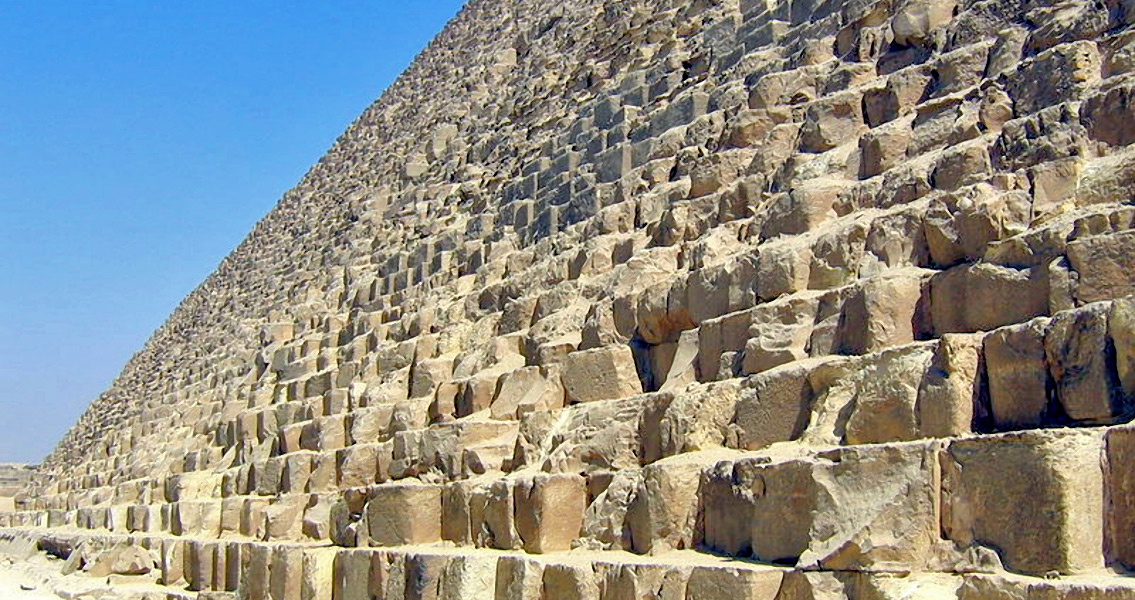<![CDATA[The great pyramids of Egypt have long baffled scientists because of their durability and construction precision. Now, with the help of modern scanning technology, researchers hope to at least catch a glimpse into construction techniques employed by the ancient Egyptians. The “Scan Pyramids” project was launched last Sunday with international participation from architects and other scientists from Egypt, France, Canada, and Japan, Agence France-Presse reports. The team will employ infrared imaging technology and “advanced detectors” to examine four pyramids, all of them more than 4,500 years old. Two of these pyramids are situated in the Giza Necropolis, that of Cheops, or Khufu, and that of Chephren, according to the Associated Press. The other two, the Bent pyramid and the Red pyramid, are in Dahshur, near Cairo. The first one to be scanned and mapped will be the Bent pyramid, which was chosen for its unique architecture and because it has not been studied to the same extent as the others, Egypt’s Minister of Antiquities Mahmoud Eldamaty told media. he added that the team will also look for hidden chambers within the pyramids using the non-invasive technology. The Bent pyramid and the Red pyramid were built by Sneferu, the founder of the fourth dynasty of the Old Kingdom, which controlled Egypt between 2575 and 2465 BCE, Agence France-Presse notes. Sneferu is notable for the fact that he was one of the few Egyptian pharaohs who were not kings by birth but by marriage. His son, Khufu, built the biggest of the pyramids, the Great Pyramid of Giza, and his son in turn built the Chephren pyramid. The Khufu pyramid is of particular interest since it is the only surviving 'Wonder of the Ancient World', the Independent notes, quoting Salima Ikram, a professor at the American University in Cairo, as saying that studying the pyramids in depth using non-invasive techniques would generate records of their current state, before climate change affects them. The radiography technique to be employed is a cutting-edge development from the KEK particle physics institute and the University of Nagoya, called muon radiography. So far, it has been used to scan active volcanoes for possible voids, the Independent explains. In “Scan Pyramids” muon radiography will help create three-dimensional models of the pyramids and discover possible hidden chambers. Commenting on the project, a representative of one of the participating organisations, the HIP Institute in Paris, told AFP that this is the second attempt at finding “the solution to the mystery of the pyramids”. Mehdi Tayoubi added that the first attempt was made around three decades ago but the researchers then lacked the technology to succeed. Now, however, such technology is available and just recently the use of radars was approved for the tomb of Tutankhamun, in order to check a scientist’s suggestion that the tomb was actually built for Nefertiti and her body is hidden in a secret chamber. In addition to the hoped for benefits to science, the “Scan Pyramids” project is expected to revive Egypt’s tourist industry, which has been severely affected by the years of political instability. Image courtesy of Wikimedia Commons user: Kamelot]]>
Cutting-Edge Tech Could Reveal How Pyramids Were Built
